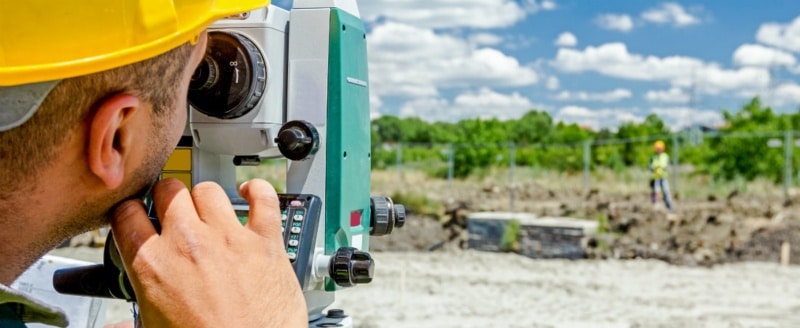What is a lot line adjustment? Is this an easy way to transfer property between neighbors? What goes into a lot line adjustment?
Q: My neighbor owns his property with no liens and no disputes. We have reached an agreement for me to purchase part of it with cash. I have heard that a lot line adjustment will be the cheapest way to legally close on the new boundary. Is that true and if so, what are the steps I need to follow to get it done?
What Is a Lot Line Adjustment?
A: Lot line adjustments are a common way to adjust property boundaries but it’s probably best if you get some professional help to make sure everything is done the way it should be and you’re protected in the process.
In general, if your neighbor owns 10 acres and wants to convey a single acre to you, you or your neighbor need to hire a surveyor to figure out the exact dimensions of that acre and give you a legal description for the land you plan to receive from your neighbor.
We wish we could say that it was a simple process to designate the boundaries of the land, but legal descriptions can be quite complicated. And, carving out one acre from the 10 will require the surveyor to do a bit of work. Once the surveyor has finished, he will give you a plat of survey showing the one-acre parcel that you plan to receive along with a legal description.
With that legal description, you can draft a deed for your neighbor to sign to convey that specific acre to you. Once your neighbor signs that deed and gives you title, you’d become the owner of that parcel of land. That’s how it would play out in a relatively simple transfer, typically in a more rural area with fewer restrictions or codes.
In a more urban setting, or an area where there are strict zoning requirements and other land use regulations, you may have to go through more steps.
How Lot Line Adjustments Work
So, let’s say you and your neighbor live in a dense urban setting where he owns a 3,000-square foot lot and he wants to sell you 500 square feet of that lot. Before the land could be transferred, you’d have to check the zoning regulations and make sure that the resulting square footage does not create a lot that is too small for the area. If the zoning code for that town requires a minimum lot size of 2,750 square feet, your neighbor would only be allowed to convey 250 square feet. In addition, other zoning requirements including side yard setbacks, front and back yard setbacks and the size of the home all come into play.
Finally, some municipalities require that a homeowner must obtain the approval of various departments before subdividing a lot, such as the local water department, zoning department, building department, school board, waste management board, county board, village board and many others. They may also require that the survey for the lot be more extensive than an ordinary plat of survey, they may require a full resubdivision plat. This resubdivision plat would then have to comply with the subdivision ordinances and laws in your municipality.
You might need to work with a real estate attorney or, at the very least, you might need to work closely with various government departments that regulate land use where you live. In more rural areas, the process for transferring part of one person’s real estate property to another individual may be quite simple while in very regulated, urban areas it can be quite complicated.
So, your simple question can lead to a number of issues, each more complicated than the other. Please talk to a real estate attorney first to determine what steps you must take.
More on Topics Related to Lot Line Adjustments
Is a Land Swap a Good Way to Clear Up Boundary Line Issues?
Why You Need to get a Land Survey When Buying Property
How to Know if You’re Getting a Correct Land Survey
Giving Land to Children? Be Careful







Leave A Comment